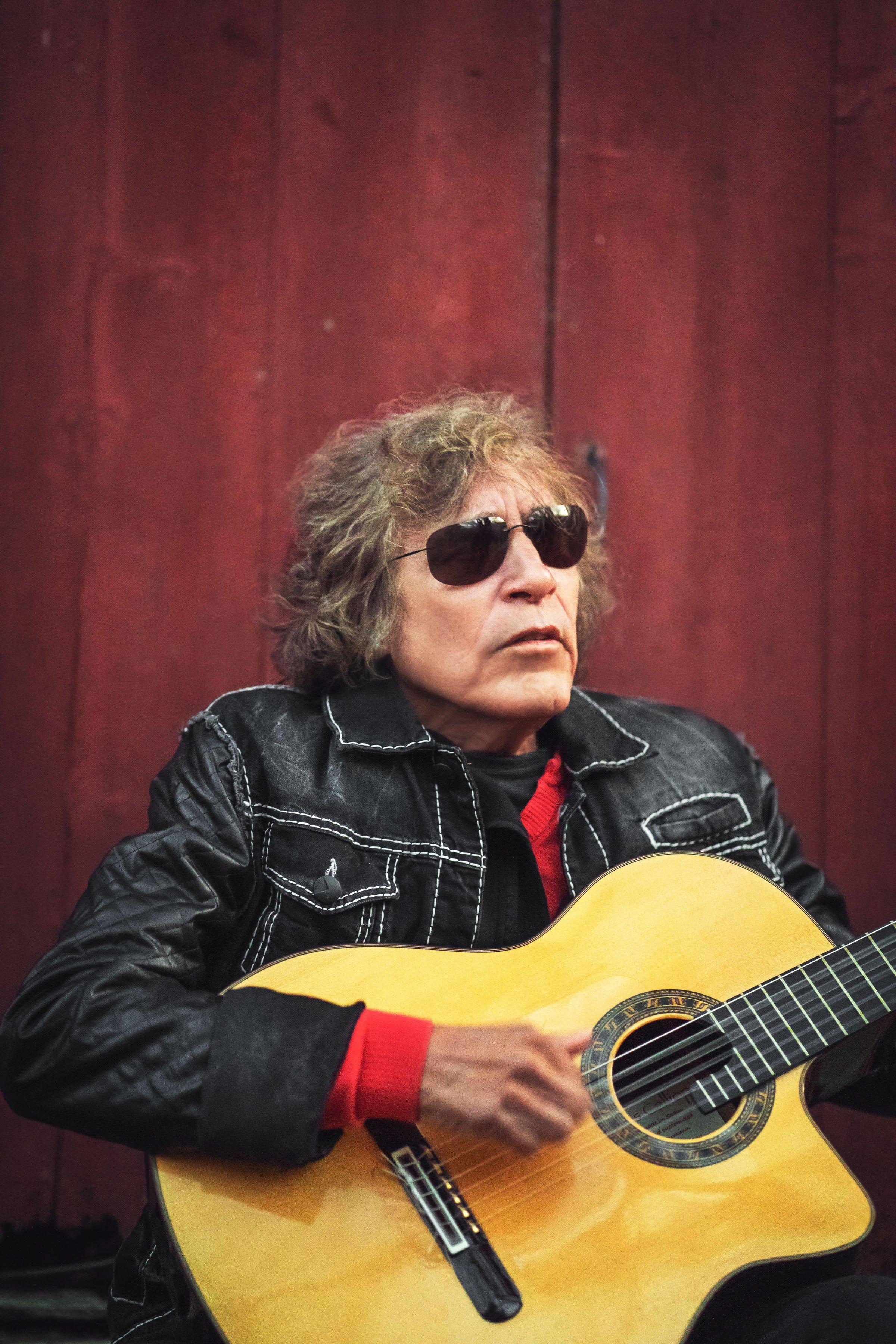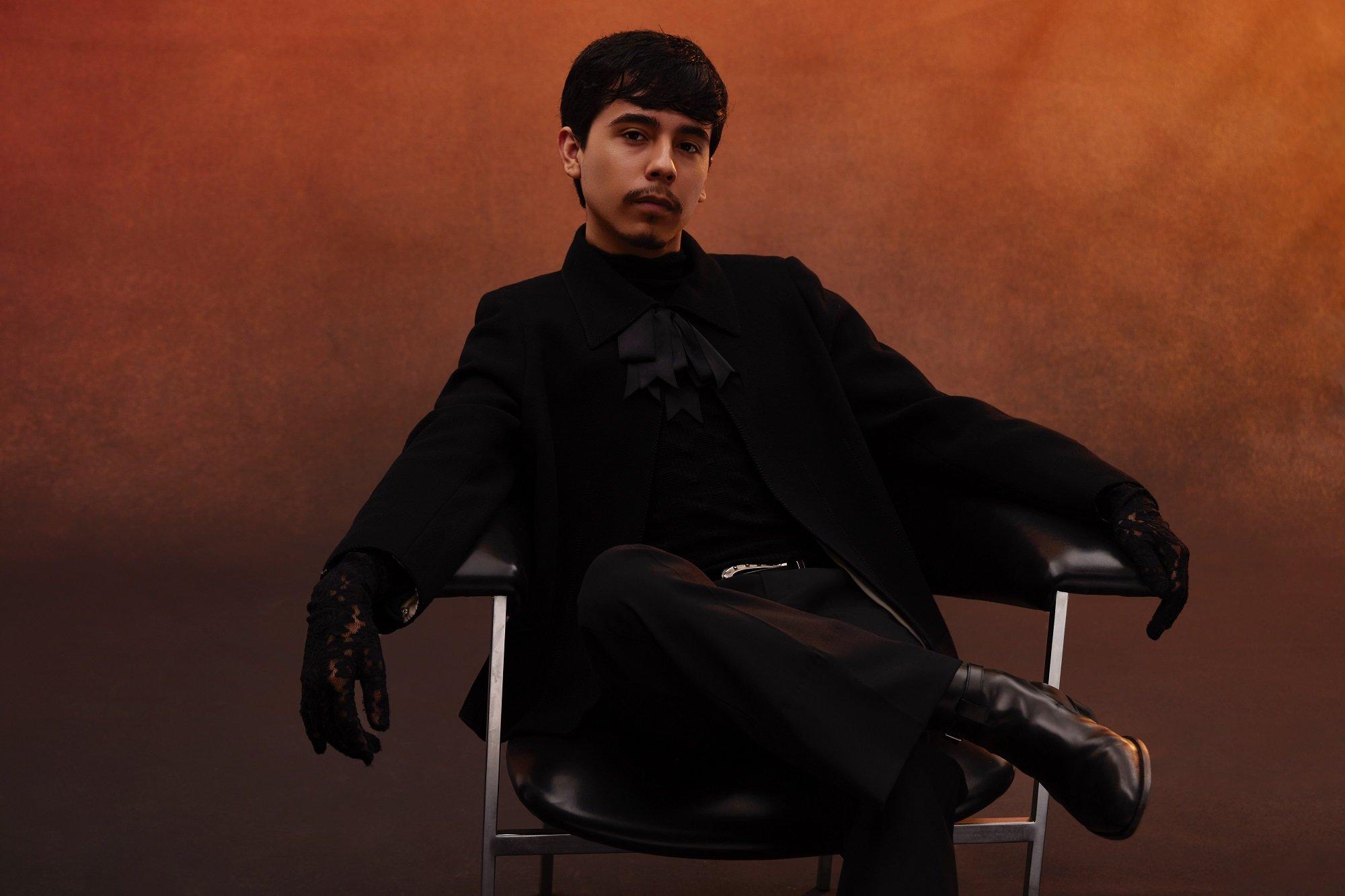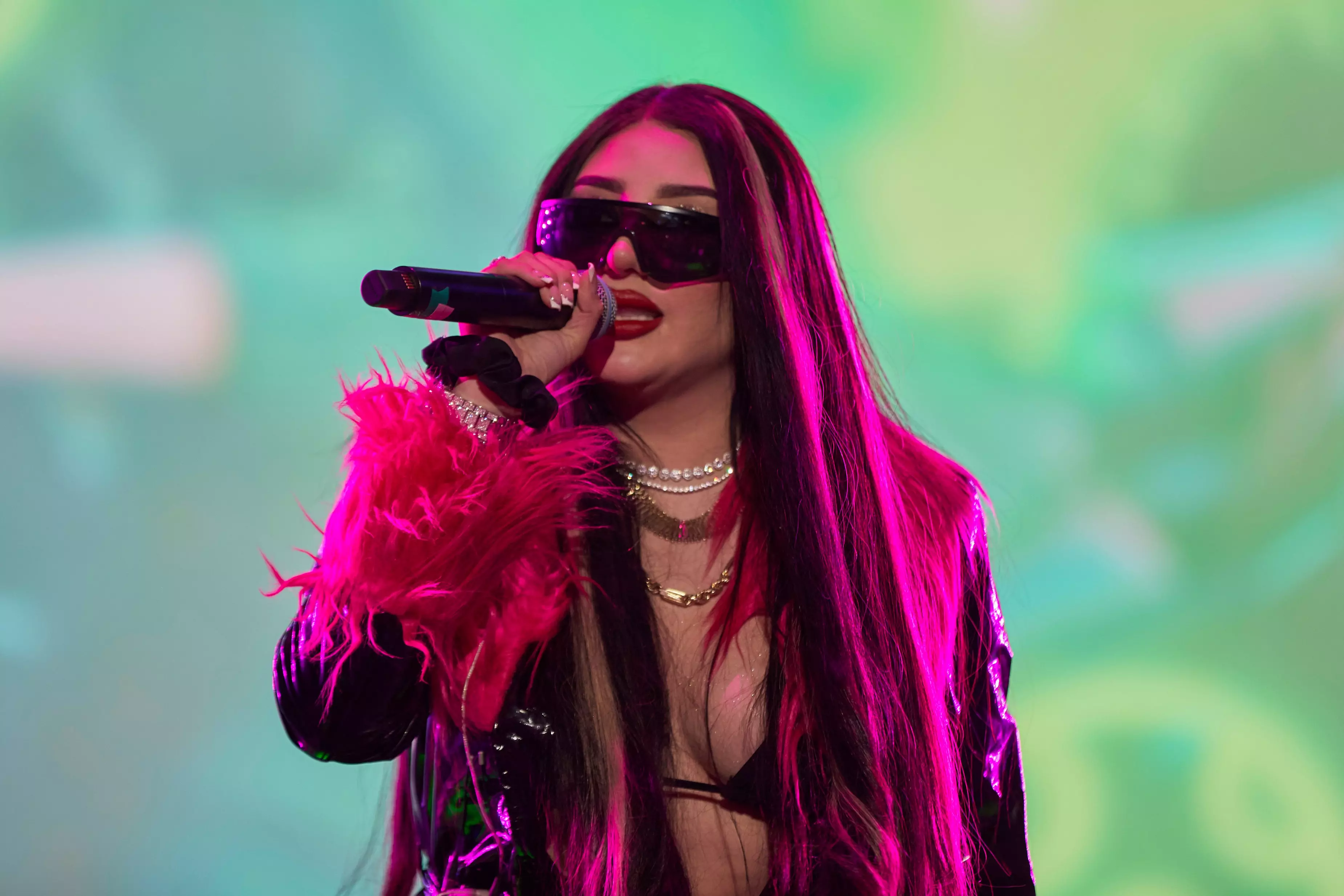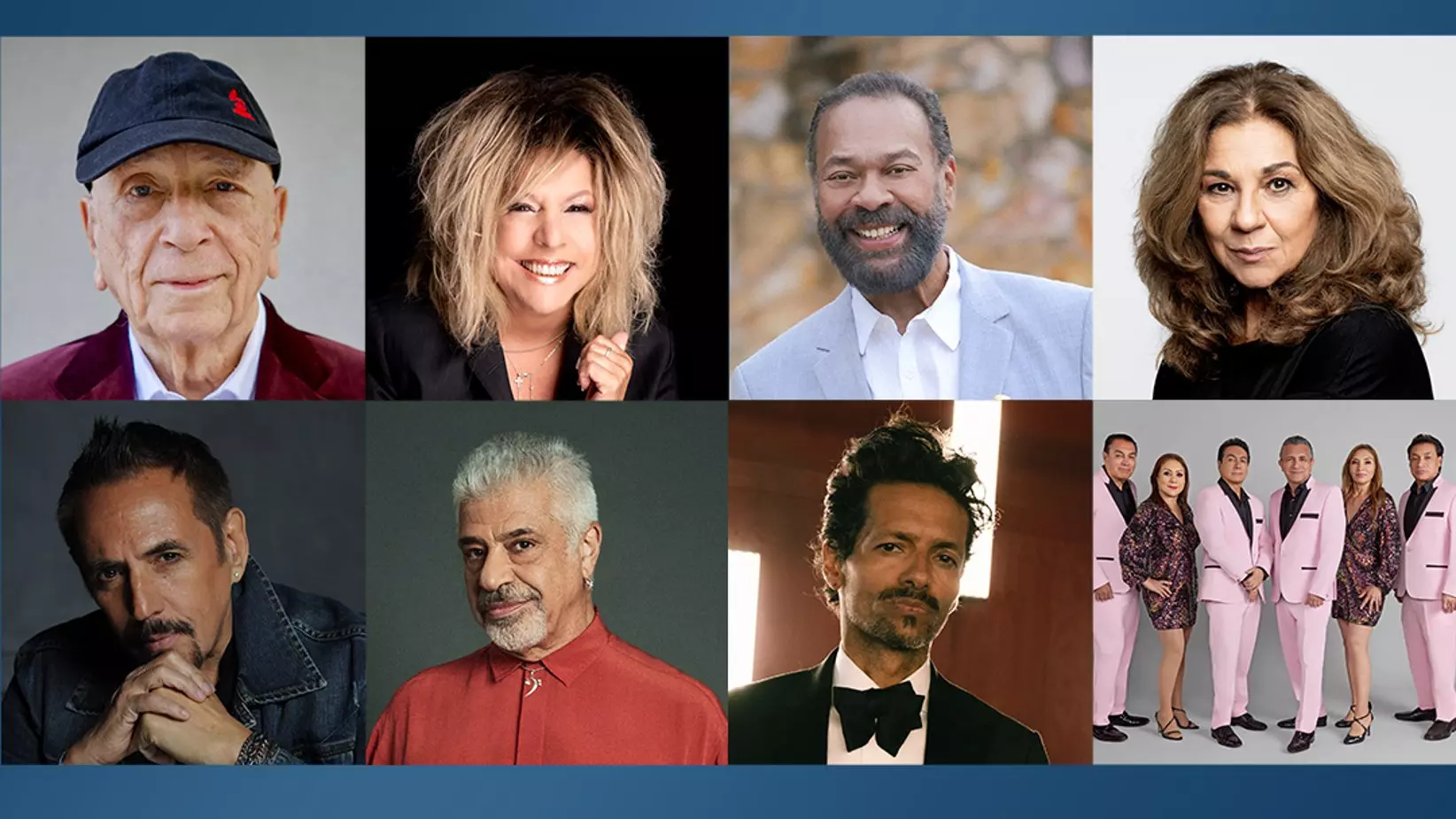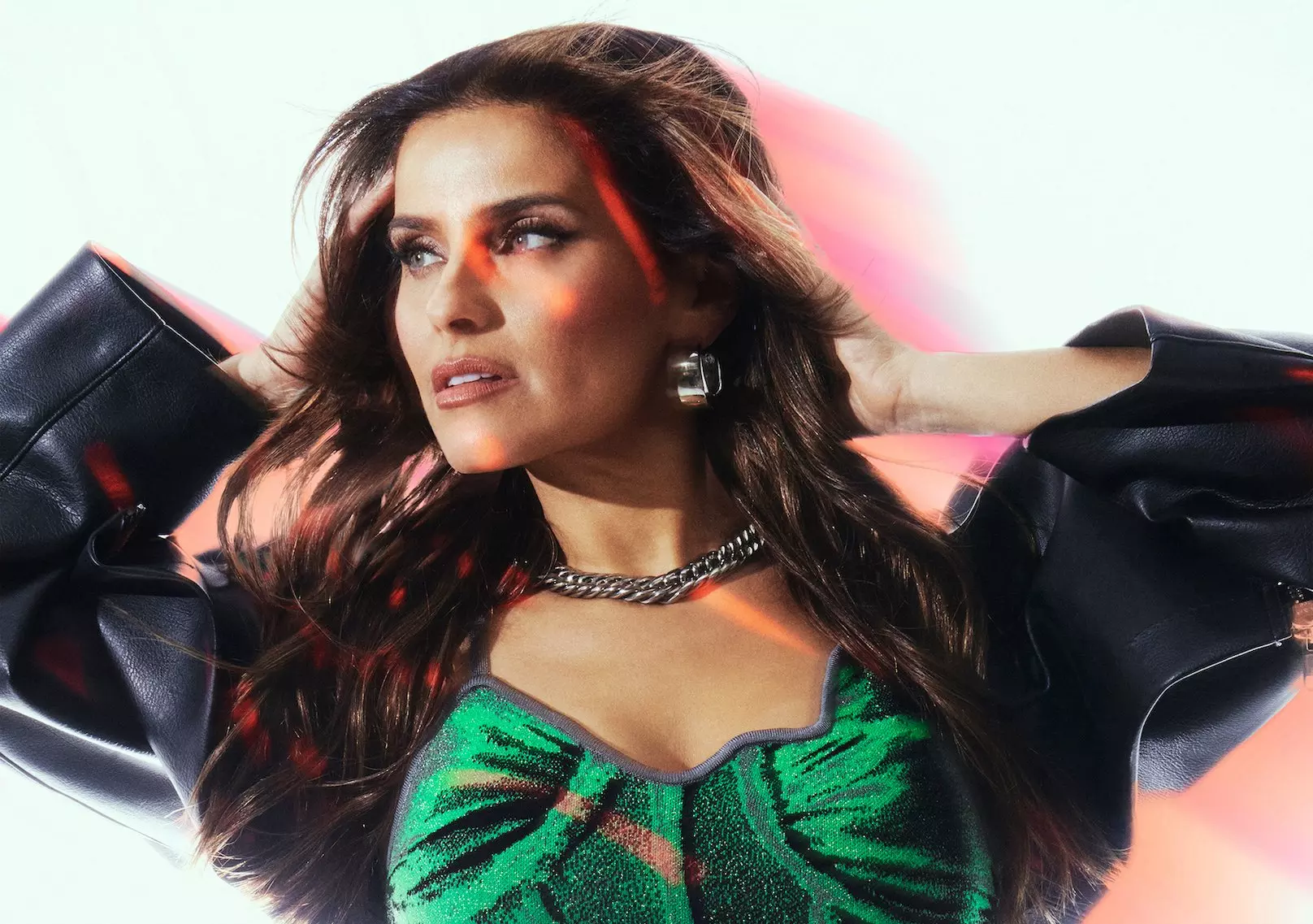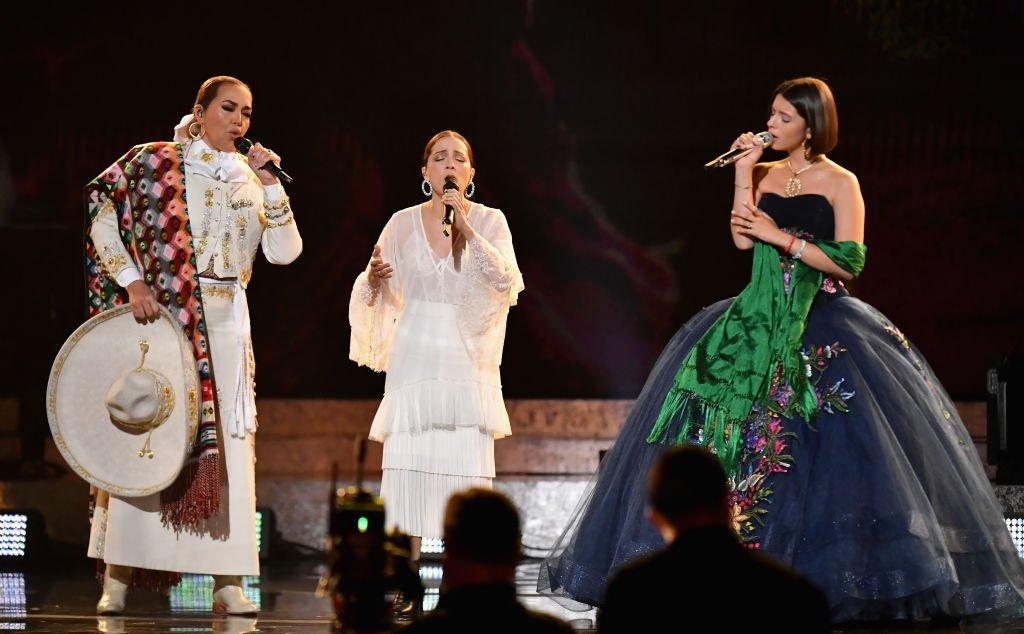It's been 50 years since José Feliciano came up with the 19 words that make up one of the most popular Christmas tracks, and arguably, the most popular song sung in English and Spanish of this century.
"I don't know how 'Feliz Navidad' became such a favorite," Feliciano admits in a recent Zoom interview with GRAMMY.com. His guess, beyond its simplicity, is the song's bilingual lyrics and embodiment of Puerto Rico's soul during Christmas time channeled through the cuatro, an instrument that derives from the guitar and is at the center of Puerto Rico's caroling called parrandas.
"I think, because it has that Puerto Rican feeling [it has]," he says, adding. "No radio station could turn me off on the grounds that it was too Spanish, or let's say, the Latino community, couldn't say, 'It was too much English and we can't play it.' So they're stuck."
For many, there is no Christmas time without "Feliz Navidad"—it continues to earn a spot on top Christmas lists, invade holiday streaming playlists and land on Billboard charts.
The GRAMMY-winning Puerto Rican singer/songwriter features the hit on his latest album released earlier this year, Behind This Guitar, his latest work since releasing As You See Me Now with Jools Holland, featuring songs like the title track and "I'm America" that dig into his identity as a guitar player and connection to this country. The album also showcases Feliciano's predeliction for infusing new life into past pop hits—catch him covering Fleetwood Mac's "The Chain," for example.
On top of releasing a new album and celebrating a major anniversary, Feliciano's long musical career and life story are being highlighted in a documentary called Jose Feliciano: Behind This Guitar, which is now premiering at the Nashville Film Festival after the cancelation of SXSW this year.
After all these years, music is still everything to him, he says. "When I'm in bed, I'm always moving my hands, tapping my fingers, imagining that I'm playing chords. I'm music through and through, and it's a wonderful drug to be addicted to. I'm music through and through, and it's a wonderful drug to be addicted to."
Feliciano spoke to GRAMMY.com on the longevity of "Feliz Navidad," why he’s proud that he made it bilingual, how romance drew him to the guitar, his career and the new film documenting it, as well as his most risky moment as an artist.
<style>.embed-container { position: relative; padding-bottom: 56.25%; height: 0; overflow: hidden; max-width: 100%; } .embed-container iframe, .embed-container object, .embed-container embed { position: absolute; top: 0; left: 0; width: 100%; height: 100%; }</style><div class='embed-container'><iframe src='https://www.youtube.com/embed//N8NcQzMQN_U' frameborder='0' allowfullscreen></iframe></div>
You've got one heck of a year going on. You released an album earlier this year and you're also celebrating the 50th anniversary of "Feliz Navidad." How are you feeling about it?
Well, I'm excited. I don't know how "Feliz Navidad" became such a favorite. But, I would like to say, that I think what made "Feliz Navidad" such a favorite is the simplicity of the song. The song, in total lyric-wise, because it's bilingual, has 19 words.
19 words.
19 words. And I think, because it has that Puerto Rican feeling, I think it lent itself. Neither I, or the producer who helped me with—we didn't know. We thought it might be a hit because it had all of the ingredients. Making it bilingual, I think really strengthened the song in the sense that nobody—When it comes to Christmas, no radio station could turn me off on the grounds that it was too Spanish, or let's say, the Latino community, couldn't say, "It was too much English and we can't play it." So they're stuck.
The song is on a bunch of Christmas lists. One Billboard list has you top five with Mariah Carey's "All I want for Christmas Is You." What do you think of her song?
I think it's a great song from Mariah Carey. It doesn't have the longevity that mine does, but that's another story.
Your song is the only Christmas song that is teaching people who don't speak Spanish, to speak Spanish. How do you feel about that?
I feel great about that because I remember, as a kid going to school in New York, when me and friends who only spoke Spanish would congregate and we'd hear "English, English, speak English here! No español!" And, it bothered me because Spanish was the only language that I knew. I came from Puerto Rico in 1950 when the big migration was happening. So [speaking Spanish,] it didn't make me anti-American. If anything, it told me, "Jose, you're in a different country, you must learn the language," which is something that disappoints me about Latinos from everywhere. [Editor's Note: According to Pew, "About six-in-ten U.S. adult Hispanics (62%) speak English or are bilingual, according to an analysis of the Pew Research Center’s 2013"]. They don't want to learn to speak English. And that's terrible. I'm proud to be a Caribbean-American. And, I thank the Lord for where I'm at.
I have a Christmas children's book [now on "Feliz Navidad"], and there's a video as well. And I think it's really cute. It tells a story of, "Feliz Navidad", that I never imagined. I think it's a wonderful little story. And it's in English and Spanish.
You've got a catalog of amazing songs. You're a singer-songwriter, but you also interpret. Is there one that you prefer?
I like both. I like writing my own material, but I like re-interpreting other songs and doing them better than the original. I mean, that's the goal. If you're going to re-interpret something, if you can't do it better, leave it alone.
Is there a specific topic you like singing and songwriting about the most?
No. Although, I've written some really great protest songs. I wrote a song entitled, "Killing's Not the Answer" when 9/11 happened. And of course, because I'm pro-life, that song now really has a different meaning for me, killing is not the answer.
<style>.embed-container { position: relative; padding-bottom: 56.25%; height: 0; overflow: hidden; max-width: 100%; } .embed-container iframe, .embed-container object, .embed-container embed { position: absolute; top: 0; left: 0; width: 100%; height: 100%; }</style><div class='embed-container'><iframe src='https://www.youtube.com/embed/4wHYMCtjk7Q' frameborder='0' allowfullscreen></iframe></div>
There are a lot of protests going on. How do you feel about that?
Well, protests have been going on for decades. This is not the only time. And I think, it's good to protest something, but the looting part of it, I don't agree with. I don't think you have to mess up somebody's business, something that they've spent their whole life to have a livelihood for themselves. I think it's wrong for people when they protest, to loot.
Going back to your music, you have music in both English and Spanish, some bilingual. Did you feel like you had to choose or did you organically just always do both?
I never felt like I had to choose. I enjoyed, for example, rock and roll, since its beginnings. And I always enjoyed writers like Bob Dylan. And so, it just all fit in with me.
Earlier this year you released, Behind This Guitar. Your title track is essentially your story. What drew you to the guitar specifically?
Well, I think what drew me to the guitar was its portability. I mean, it's very hard to serenade a woman with a piano. You can't get the piano inside the window.
In "I'm America" you sing, "I'm proud to be Puerto Rican-American." What inspired that song?
Well, that song was a song that was suggested to me by my producer, Rick Jarrard. We're still working together. And, Rick was in a club in Nashville and he heard a guy sing the song. And he went over to the person and he said, "Listen, I'd like for you not to give the song to anybody right now, because I know an artist who this song fits perfectly." And he was talking about me. And when I listened to the song, I said, "Boy, that's my life story. That's me." I used to sit up hours and practice and practice. And I remember school teachers sometimes telling me, "Mr. Feliciano, if you don't do your homework, you're not going to amount to very much." And I never answered my teachers back, but inside of me I was saying, "Oh yeah, that's what you think." And that's why I practiced 14 hours a day, that's why I pushed myself as far as I could.
In a Huffington Post interview, you say, regarding the song, "I think it's time that people started realizing that they love this country." Tell me more about what you meant by that.
Well, what I meant by that is, you never miss your water till it's gone. And I sometimes think that because we are free and we're allowed to say what we think and whatever, that we take those things for granted. And, I love this country. I love it very much. And, that's what that song was about.
Was that song also influenced by your Puerto Rican background?
I don't know if it was, truthfully. For me, I love America, and this is what I am, a Caribbean-American, and I'm proud of it. And when we first came to America, from Puerto Rico, we weren't really wanted here because at the time, in 1950, if you look up in your history books, you will see that some dissidents tried to kill President Truman. And, of course, there was a lot of dissension, but you got to go beyond that and you got to go forward and you got to realize that, life isn't always what it seems to be.
What you think of the new generation of artists from Puerto Rico like Bad Bunny. Have you heard him?
I've heard, yeah, artists like Bad Bunny. I'd rather not say.
Do you have a message for any Latin artists trying to make it?
Learn your craft. If you're going to be a singer, don't be mediocre. And if you're going to write, write things that really deal with romance, don't deal always with, getting laid, or those kind of things. You could say the very same thing subtly and romantically.
You're an old-school romantic. Tell me what you love about romance and singing about it.
Well in my early life, I didn't have really very much romance except in my mind, which is the reason that I used to do these Spanish torch songs, like the boleros. And when I recorded the boleros in Argentina, I was the first artist to use a guitar as an orchestra. Most people who sort of play the guitar, use .... They're strummers. They're not guitarists. And since I couldn't move my hips, let's say, like Elvis or whatever. I had to learn to play the instrument.
<style>.embed-container { position: relative; padding-bottom: 56.25%; height: 0; overflow: hidden; max-width: 100%; } .embed-container iframe, .embed-container object, .embed-container embed { position: absolute; top: 0; left: 0; width: 100%; height: 100%; }</style><div class='embed-container'><iframe src='https://www.youtube.com/embed/z57ZOSCZgFQ' frameborder='0' allowfullscreen></iframe></div>
Your story is documented in Jose Feliciano: Behind This Guitar, a documentary. Looking back, what will you remember most about your career?
Everything, because even though there are special moments, I think one of the real special moments for me and for Susan, was when we got the Murph (Helen Murphy) in our corner. Once that happened, everything else has been a piece of cake. Helen's not going to like this. She's going to say, "Well, shouldn't have said those things about me." love this woman. I think she's, ingenious, I think from the time this woman wakes up till the time she goes to bed, she's got ideas. That brain is working and it's an inspiration to me because that's how I am. And even when I'm in bed, I'm always moving my hands, tapping my fingers, imagining that I'm playing chords. I'm music through and through, and it's a wonderful drug to be addicted to.
When you were a little boy, did you ever imagine that all this would happen?
Nah, I was just a little boy. How could I imagine such a thing? When I was a teenager, well, that's a different story. I did imagine me being on TV, recording records. And I was so excited when I was contracted by my friend. And you'll see this in the documentary if you haven't already. I met a guy by the name of, Jack Summer, and, Jack Summer came to Gerde's Folk City, and he was the one that had me signed to RCA. Now, can you imagine a kid of 19 knowing that he was signed to the same label that one of my heroes, Elvis Presley was signed to? I was 11 years old when Elvis had the song, "Heartbreak Hotel."
You're an artist that has really been opening doors for other artists who don't have their sight. I'm sure that a lot of, of young people and people of any age definitely see you as an inspiration. Do you wish the music industry had more talent like you on stages?
I don't know. That's a hard question. I was inspired by, Ray Charles. When I heard, Ray Charles, and found out he was blind, I said, "Well, hey, if there's a place for, Ray Charles, there's got to be a place for Jose Feliciano." I went through a lot of things in a sense because somebody in the record company wanted me to change my name, and Americanize my name, and I wouldn't it because I didn't want to dishonor my father ... They wanted me to change my name to, Joe Phillips.
That's so, so different.
Yep.
In the documentary, Carlos Santana, Gloria Estefan, Emilio Estefan, talk about your influence on pop culture. How was it for you hearing all these big names, talking about how you've left such a big impact?
I was very honored by them. For them to mention my name and most terms, I don't think that I opened as many doors for them as they opened for me. I love Emilio Estefan, I love Gloria. They're good people and I'm grateful to have friendships like that.
You've done so much. What do you want for yourself, going into the future?
I don't know what I want for myself. I just want to be happy. I want my wife to live for a long time. That's the only thing I'm afraid in my life, that I will go before she does. And she'll be alone. I don't like that.
I have a hit record. It's called, Behind This Guitar. It's my new album. And I thank our record company for that. I thank Helen for that. And Rick Jarrard, my dear friend, who I say is, the George Martin, of our times. We used to experiment and do things. We used to like, for example, putting a backward guitar on a guitar solo because it sounded strange. And it was, "Hey, we're creating something!"
That makes me wonder. What's the riskiest thing you've done with your music?
I would have to say when I did the "Star-Spangled Banner." It was risky, but I didn't know at the time that it was risky, I was just expressing how I felt about the U.S and, I didn't want to sing it straight, without any feeling. I think I put my Latin influence and I put soul into it because for example, on the Detroit Tigers, I think, sure, the non-Black players liked it, but it really got to the Black players. People like Willie Gordon, people like ... Oh my goodness, so many. And I appreciate their support because I did it with them in mind and I wanted the Anthem to be different.

